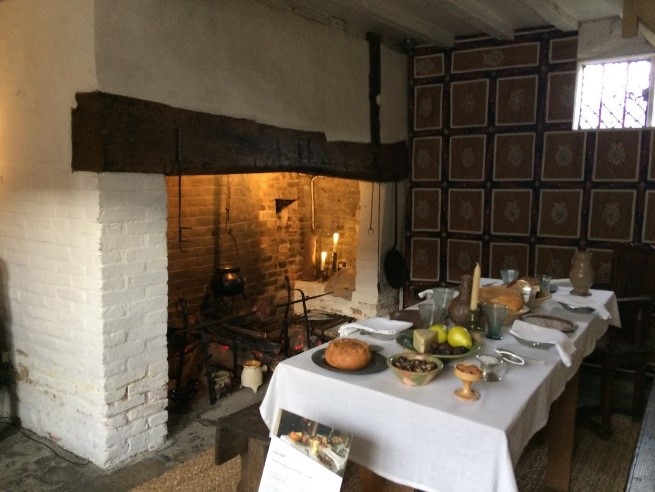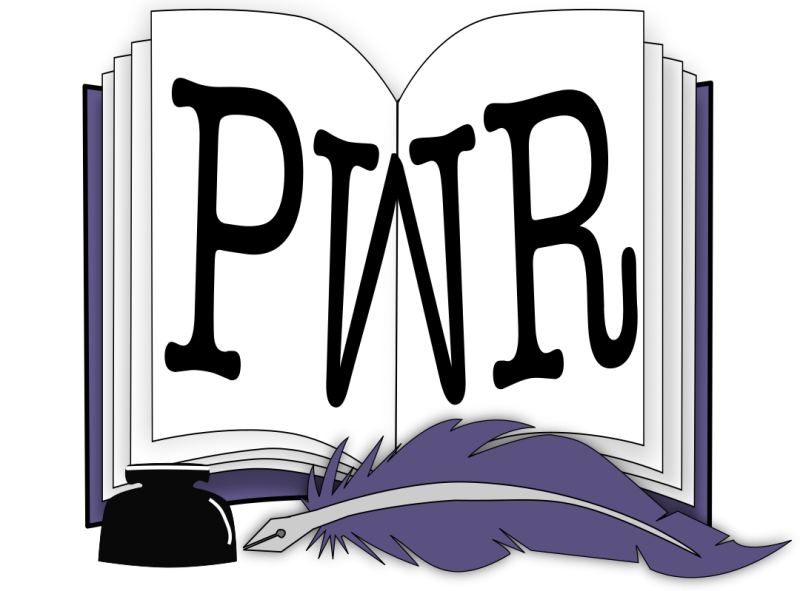The Tower of London. Edinburgh Castle. Westminster Abbey.

Through Taylor University’s study abroad programs, I just got back from a three-week trip to Britain for a class called “Literary London.” Sounds like a writer’s dream, right? (Insert shameless plug for TU.) I will also shamelessly admit I went there more for researching settings than I did for the literature.
As you might imagine, I examined every inch of castles, dungeons, and cathedrals, trying to memorize them to use for stories. I tried to take snapshots in my head of the winding streets of The Shambles of York, the hills of Edinburgh, the shops of Canterbury, and the ballrooms of Bath.
Do I intend to actually set a story in any of those places? Probably not. However, if there’s one thing I’ve learned about settings, it’s a lot easier to write what you know than what you don’t know. Over the years, I’ve realized that I never write about a place I’ve never seen.
This may make those who know me scratch their heads. I write a lot of fantasy, after all. How have I seen fantastical worlds? But here’s why even the most outlandish fiction can benefit from real-world settings.
1. You can use a famous or elaborate place’s layout for your own construction.

As I said, I’m most likely never going to set a story in Edinburgh Castle or the Tower of London. However, I’m most certainly going to write plenty of castles into my stories. So, I can take bits and pieces of each—the Great Hall of Edinburgh, the Traitor’s Gate of the Tower—and craft them into my own, new castle.
Coming up with a layout for an entire castle, school, town, or even department store is a lot harder than it seems. Why go to the trouble when you can cobble one together from your favorite bits in real life?
2. You can use a normal setting you visit every day and give it an abnormal twist.

Your setting doesn’t have to be a grand Scottish castle or Norman tower. In one of my stories, a band of hungry wizards ends up in a small town in Indiana. They stop to eat at a fish and chips restaurant, of all places. It’s a little odd, but I know exactly how to describe it. Why? It’s based on an actual restaurant in an actual small town in Indiana. Now, all I have to do is imagine what would happen if some wizards walked in. The context suddenly is much more realistic and easier to write.
3. You don’t have to come up with the details yourself.

Maybe this is just me being obsessive, but I hate when I’m writing and I want to send my characters to a storeroom, a bathroom, a cellar… and I realize I never wrote in a logical place for those to be. Rather than take on the job of an architect as well as a writer, I’m perfectly willing to mentally redecorate a friend’s house and repurpose it as the home of a character. As a bonus, I don’t have to wrack my brain to remember where I placed that squeaky step, or whether I said there were two bedrooms or three. Even if I can’t remember a pretend house, I remember what my friend’s house looks like.
4. Real life is quirkier than fiction.

In one of the cathedrals in Britain, we saw a heavy door barring the storerooms. Apparently, monks were so prone to munching, the steward refused even to open the door to their requests. Instead, he opened a hatch in the wall, peeked through, and demanded what they wanted. If he found their desires valid, he handed out goods through the hole, jealously guarding his stores.
Now, that’s just absurd. Who would think of munching monks and stewards with barred storerooms and secret hatches? Little details like this can give your story character and flavor.
5. You can tell readers exactly what it feels, tastes, smells, and sounds like instead of trying to imagine.

Beyond place setting, I find this especially important for natural setting. I grew up in a desert, which wasn’t ideal for writing the typical fantasy novel. However, I’ve learned to embrace my ability to describe deserts and heat in a way many can’t to write the settings that most don’t. Trust me, you have to experience 115 degrees to be able to describe it, especially with dust sticking to your sweat, grit in your eyes, sand crunching between your teeth, your toes baking in your shoes on the scorched earth…
On the other hand, to be able to broaden my repertoire, I’ve tried to experience as much weather as possible. The other day, I went outside in a negative 40 wind chill just to see what it was like (don’t tell my mom). I think I died a little.
So there you have it. My five reasons to write real places into your fictional worlds. And also, Taylor is pretty great. And so is Britain. So you might want to think about those, too.

Alyssa Roat is a junior professional writing major at Taylor University. She’s also a junior literary agent for Cyle Young Literary Elite, an agented writer, a research assistant at Zondervan Library, an editor at Sherpa Editing Services, and the online editor for The Echo News.
So, yeah, she’s a little busy. In her spare time (ha!) she loves writing literally everything and researching obscure periods of history. Here she is seen obsessing over Edinburgh Castle. Follow her @alyssawrote on Twitter and Instagram or at her website alyssawrote.com.

I think you’re right on by visiting and having a good eye to what is readily missed. It’s those little details that make a place so much more interesting. Thank you for a great post!
LikeLiked by 1 person
You’re welcome! Glad you found some helpful information that you can use in your own writing!
LikeLike